Bringing new fish into your aquarium can be both exciting and nerve-wracking. While you’re eager to see your new aquatic friends explore their environment, the transition can be incredibly stressful for the fish themselves. Stress in fish isn’t just an emotional concern—it can lead to compromised immune systems, disease outbreaks, and even death. Successfully introducing new fish requires careful planning, patience, and understanding of fish behavior. The good news is that with the right approach, you can minimize stress and create a smooth transition for both your existing aquarium inhabitants and the newcomers. This comprehensive guide will walk you through the entire process of introducing new fish to your aquarium while prioritizing their health and well-being.
Understanding Fish Stress and Its Consequences
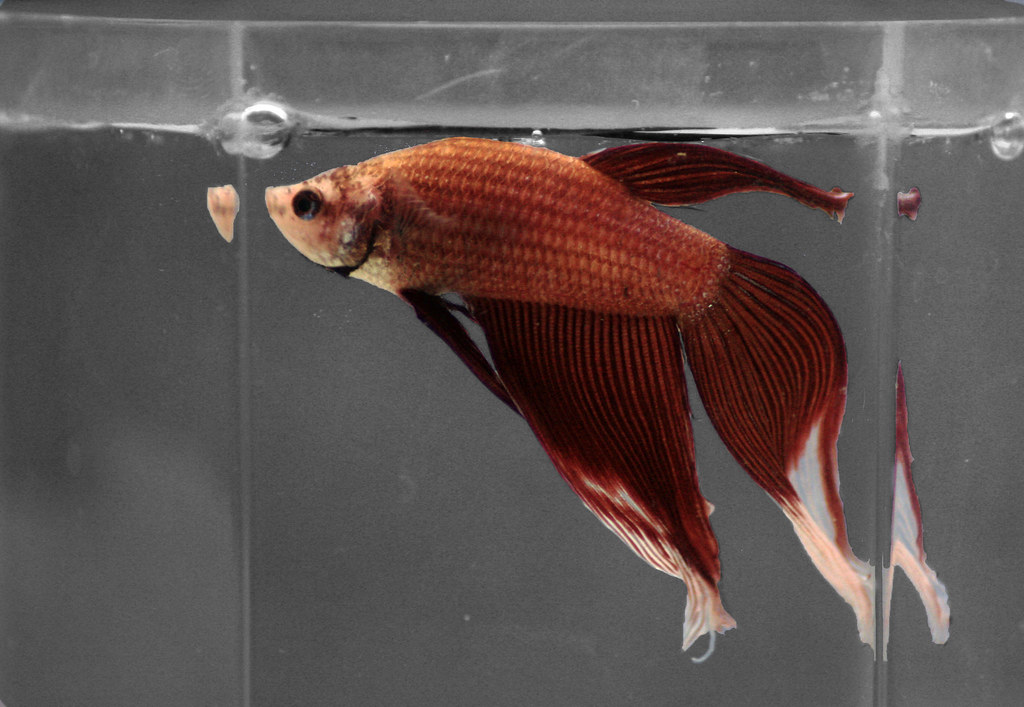
Fish experience stress much like other animals, though they display it differently than mammals. Signs of stress in fish include erratic swimming, hiding, loss of appetite, rapid gill movement, and color changes—often becoming paler or darker than normal. When fish undergo stress, their immune systems weaken, making them more susceptible to diseases like ich, fin rot, and bacterial infections. Chronic stress can significantly shorten a fish’s lifespan and reduce its quality of life. In community tanks, stressed fish may also trigger stress responses in existing tank residents, potentially creating a domino effect of health problems throughout your aquarium. Understanding these consequences highlights why proper acclimation techniques aren’t just helpful—they’re essential for maintaining a healthy aquatic environment.
Research Before You Buy

Before bringing home new fish, thorough research is absolutely essential to ensure compatibility with your existing setup. Consider factors like water parameters, temperature requirements, and the natural habitat of your chosen species. Some fish require specific pH levels or water hardness that may not match your current aquarium conditions. Similarly, investigate behavioral traits—territorial fish may harass peaceful species, while slow-moving species might struggle to compete for food with faster tank mates. Research the adult size of your prospective fish to ensure your tank can accommodate them long-term, preventing overcrowding issues. By doing this preparatory work, you’ll avoid the all-too-common mistake of impulse purchases that lead to incompatible communities and stressed fish.
Quarantine: Your First Line of Defense
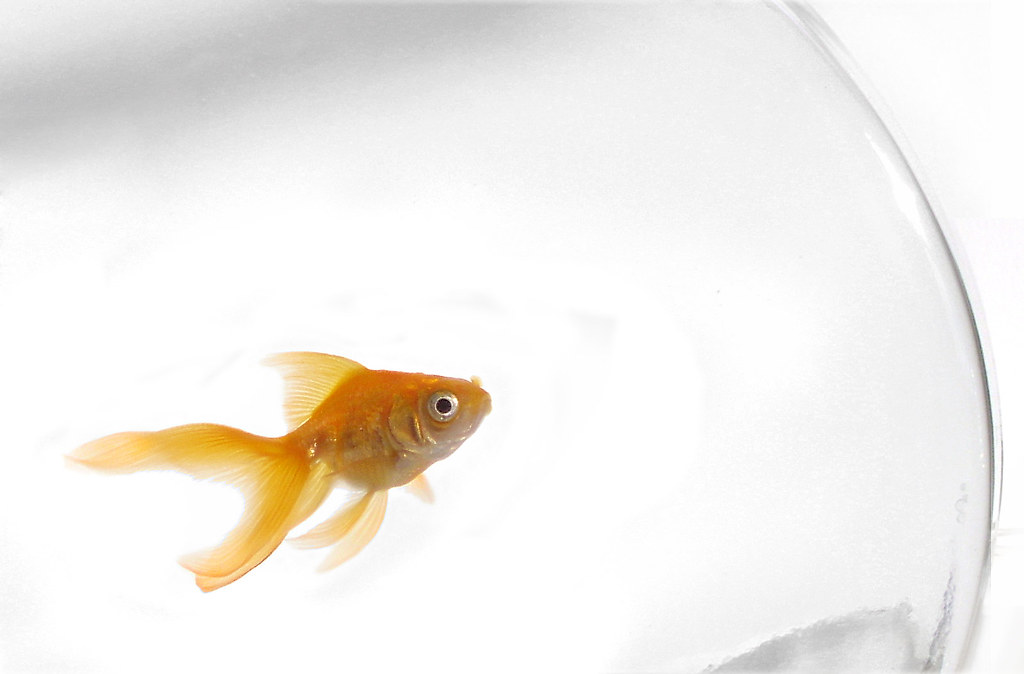
Quarantining new fish is perhaps the most crucial step in the introduction process, yet it’s often skipped by eager aquarists. A dedicated quarantine tank should be simple—a small, cycled aquarium with basic filtration, minimal decoration, and stable water parameters matching your main tank. New fish should remain in quarantine for 2-4 weeks, during which you can observe them for signs of disease or parasites that might otherwise spread to your established community. This isolation period also gives fish time to recover from the stress of transport and adapt to your water chemistry in a low-pressure environment.
Even seemingly healthy fish can carry pathogens that only manifest under stress, making quarantine an investment that protects your entire aquarium ecosystem. The slight inconvenience of maintaining a quarantine tank pales in comparison to treating a full-blown disease outbreak in your main display.
Preparing Your Main Tank for Newcomers
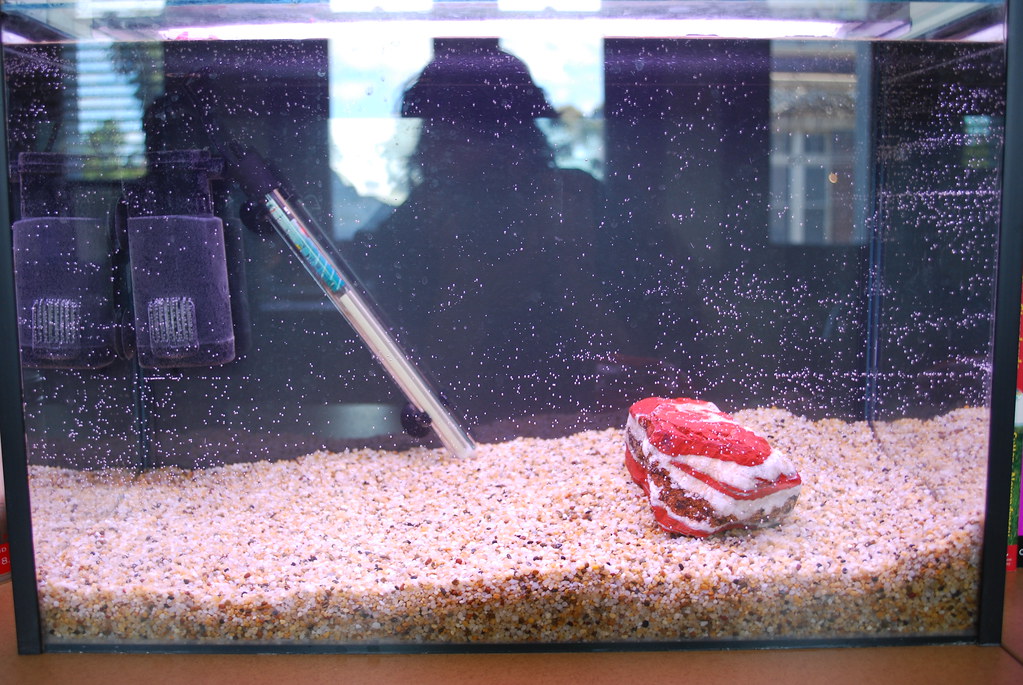
Before introducing new fish to your established aquarium, make strategic adjustments to minimize territorial disputes and aggression. Rearranging decorations, plants, and rock formations disrupts existing territories and reduces the advantage resident fish have over newcomers. Consider adding additional hiding spots specifically positioned to give new fish safe retreat areas when they feel threatened.
Temporarily dimming the lights can also help reduce stress during the introduction, as many fish feel more secure in slightly darker conditions. If possible, perform a small water change (10-15%) a day before adding new fish to ensure optimal water quality without creating dramatic parameter shifts. These preparations create a more neutral environment where established hierarchies are temporarily reset, giving newcomers a better chance at peaceful integration.
The Drip Acclimation Method
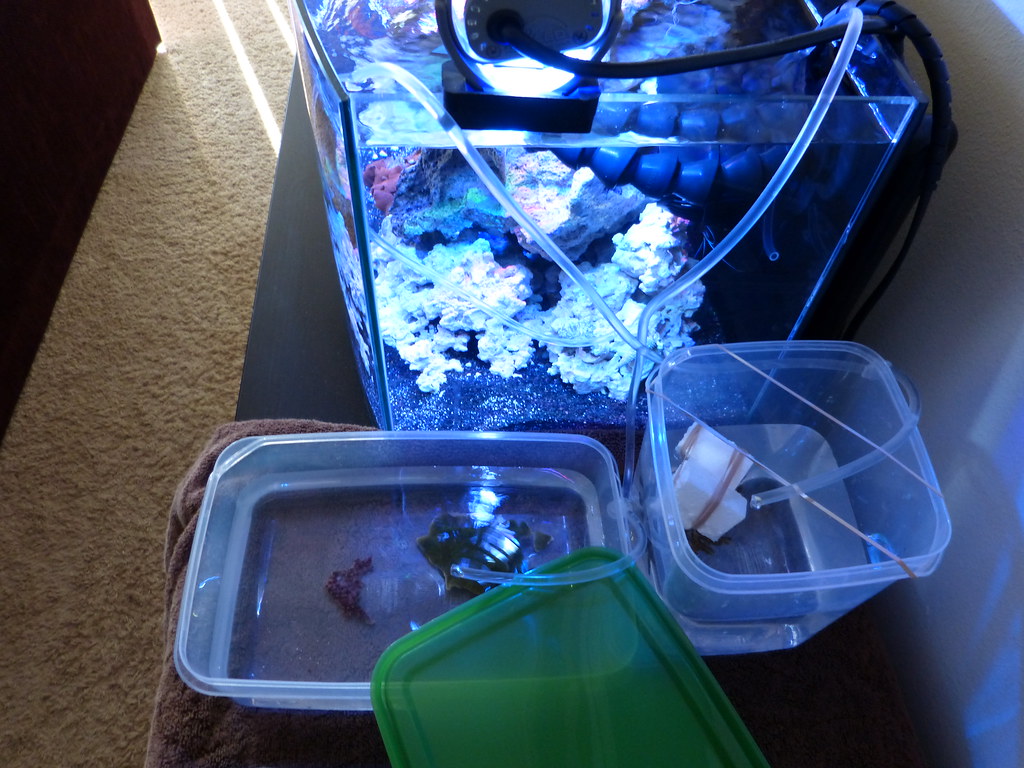
Drip acclimation is widely considered the gold standard for introducing fish to new water parameters, especially for sensitive species. The process begins by placing your new fish, along with some of their transport water, into a clean container like a bucket or large bowl. Next, create a siphon from your main aquarium to this container using airline tubing, with a loose knot or control valve to regulate flow to approximately 2-4 drops per second. This gradual introduction of tank water allows fish to slowly adjust to differences in pH, temperature, and mineral content over 45-60 minutes. During this time, the parameters in the acclimation container gradually shift to match your aquarium, preventing the shock that comes from sudden changes. For particularly sensitive species like discus or wild-caught specimens, extending the drip acclimation to 90 minutes or more can further reduce stress and improve adaptation success rates.
The Floating Bag Method
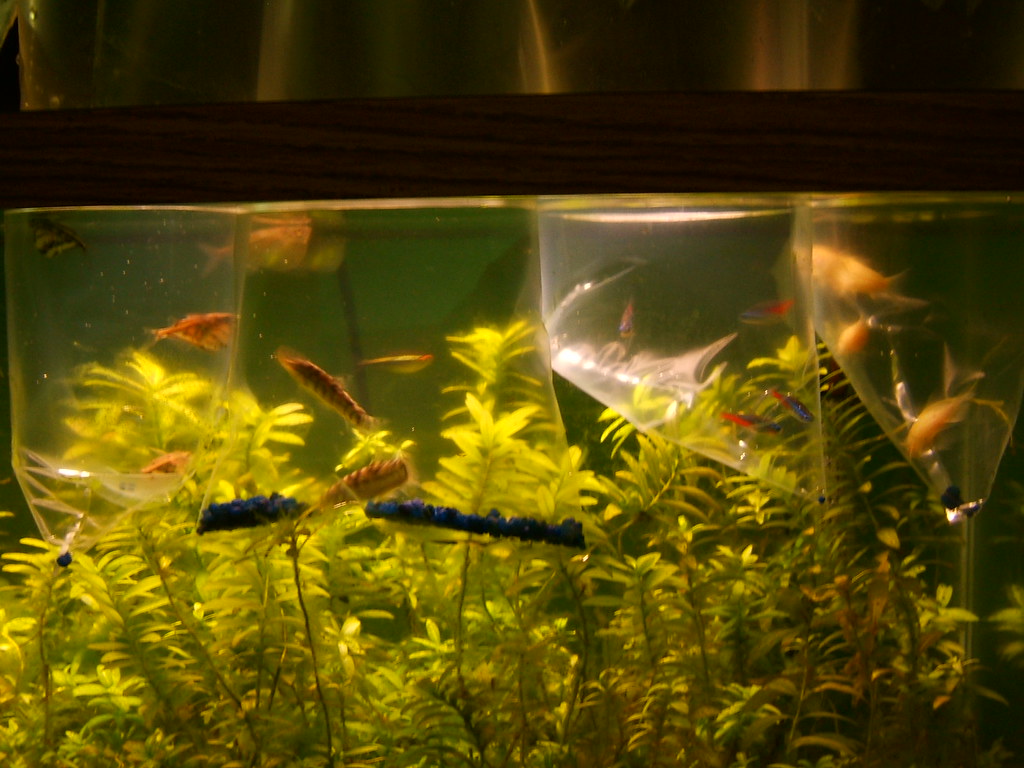
While less precise than drip acclimation, the floating bag method remains popular for its simplicity and effectiveness with hardier fish species. Begin by floating the closed transport bag in your aquarium for 15-20 minutes, allowing temperature equalization without any water mixing. Once temperatures have stabilized, open the bag and roll the edges down to create a floating container, then add small amounts of your aquarium water to the bag every 5 minutes for approximately half an hour. This gradual mixing helps fish adjust to your water chemistry before they’re released into the tank. It’s important to never pour the store water directly into your aquarium, as it may contain pathogens, medications, or pollutants that could harm your established system. Instead, use a net to gently transfer the fish once acclimation is complete, leaving the transport water behind to be discarded.
Timing the Introduction Strategically
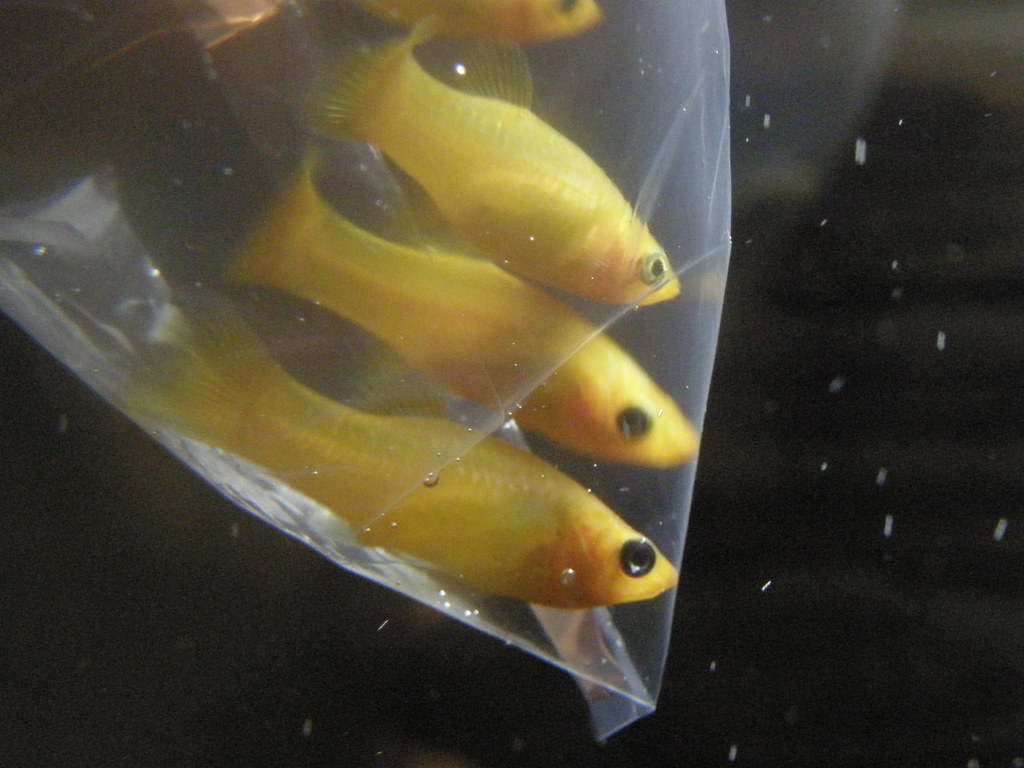
The timing of your fish introduction can significantly impact stress levels and integration success. Aim to introduce new fish during their less active periods, which for most species means either early morning or evening hours when lighting is subdued. Avoid feeding times when territorial behaviors tend to be more pronounced as fish compete for food. Many experienced aquarists prefer adding new fish just before turning off aquarium lights for the night, giving newcomers several hours of darkness to explore their surroundings without harassment. This overnight adjustment period often results in less aggression the following day, as resident fish awaken to find the newcomers already established in the environment. For particularly aggressive species, some aquarists even utilize a “midnight addition” approach, introducing new fish several hours after lights-out when territorial fish are deeply settled into their nighttime routines.
Adjusting Feeding Routines During Integration
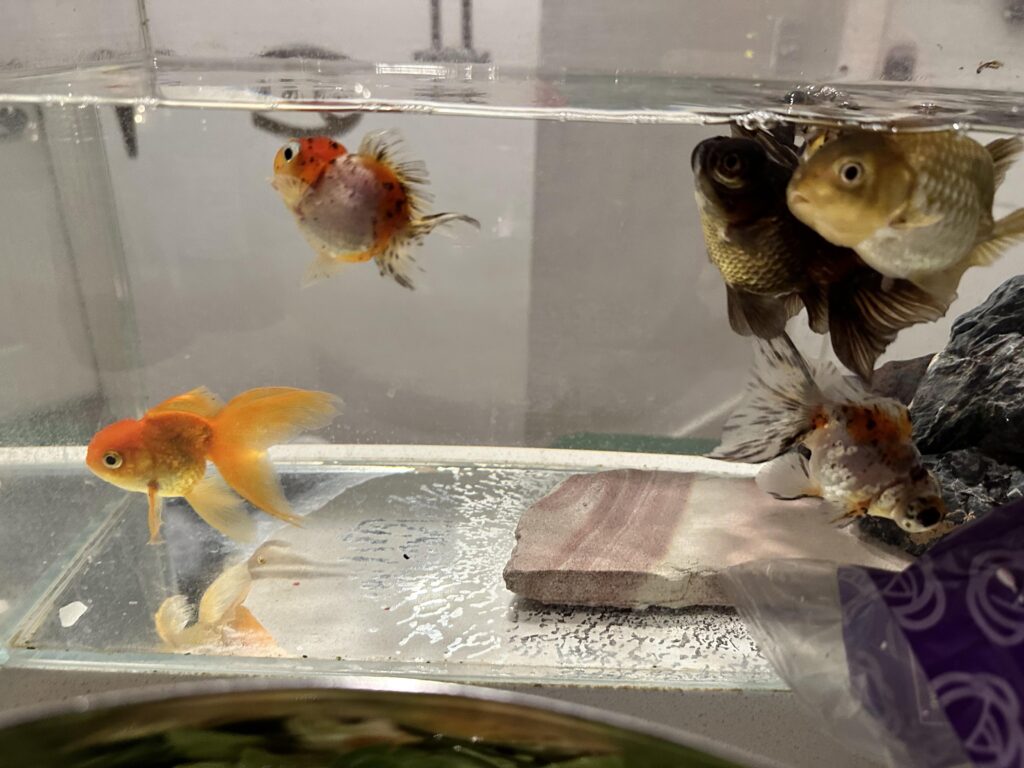
Competition for food often triggers aggression and stress during the integration period, making feeding management an essential aspect of successful introductions. Consider spreading feeding stations throughout the tank to prevent dominant fish from monopolizing a single food source. Slightly increasing feeding frequency while reducing portion sizes helps ensure all fish, including timid newcomers, have opportunities to eat without creating water quality issues.
Observe feeding behaviors closely—if new fish struggle to compete, try adding sinking foods or slow-dissolving options that reach different areas of the tank. Some aquarists find success with target feeding using pipettes or feeding tongs to direct food specifically toward new additions. Remember that stressed fish often show reduced appetites initially, so don’t be alarmed if newcomers eat sparingly for the first few days—this typically resolves as they become more comfortable in their environment.
Monitoring Behavior and Intervention Strategies
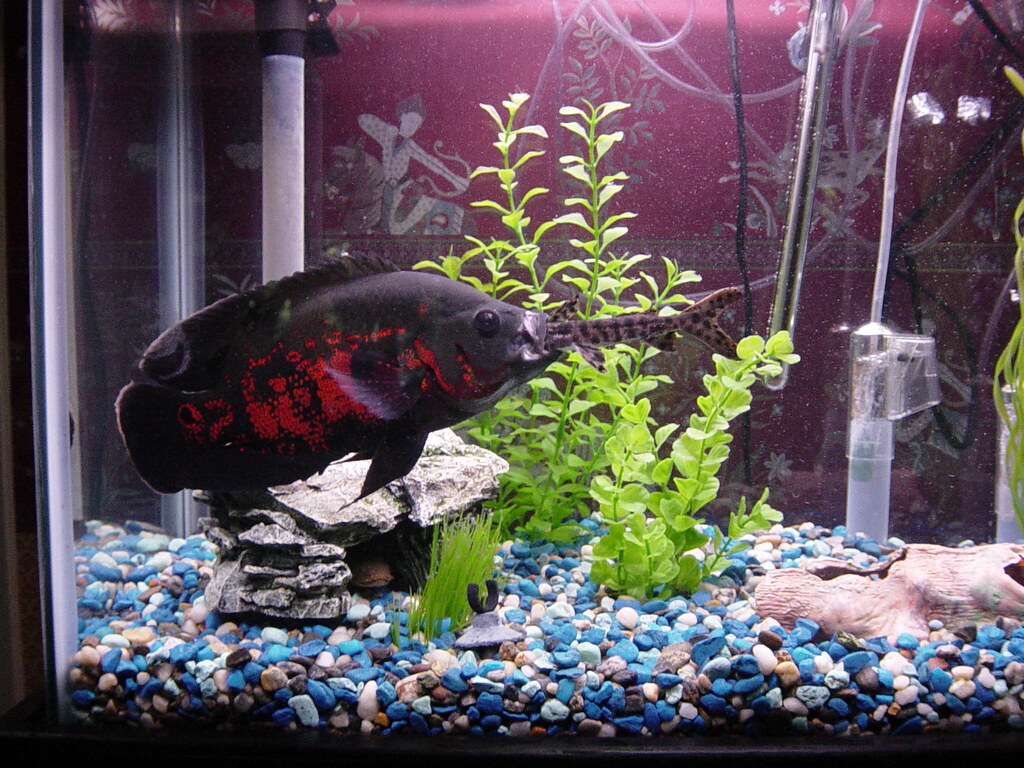
Close observation during the first week after introduction is crucial for identifying and addressing integration issues before they escalate. Spend time watching your aquarium during different parts of the day, noting patterns of interaction between new and established fish. Mild chasing is normal as fish establish hierarchy, but persistent harassment, fin nipping, or a new fish being consistently forced into a single area requires intervention.
Temporary fixes include adding more visual barriers like plants or decorations, using a tank divider for a few days, or employing a “time-out” strategy where aggressive fish are placed in a breeding box within the main tank to observe but not interact with others. For more serious cases, you might need to rethink compatibility or consider a larger tank with more territory per fish. Documentation of behavior patterns can be invaluable, as issues that appear random often follow predictable triggers once properly observed.
Using Chemical Aids Responsibly
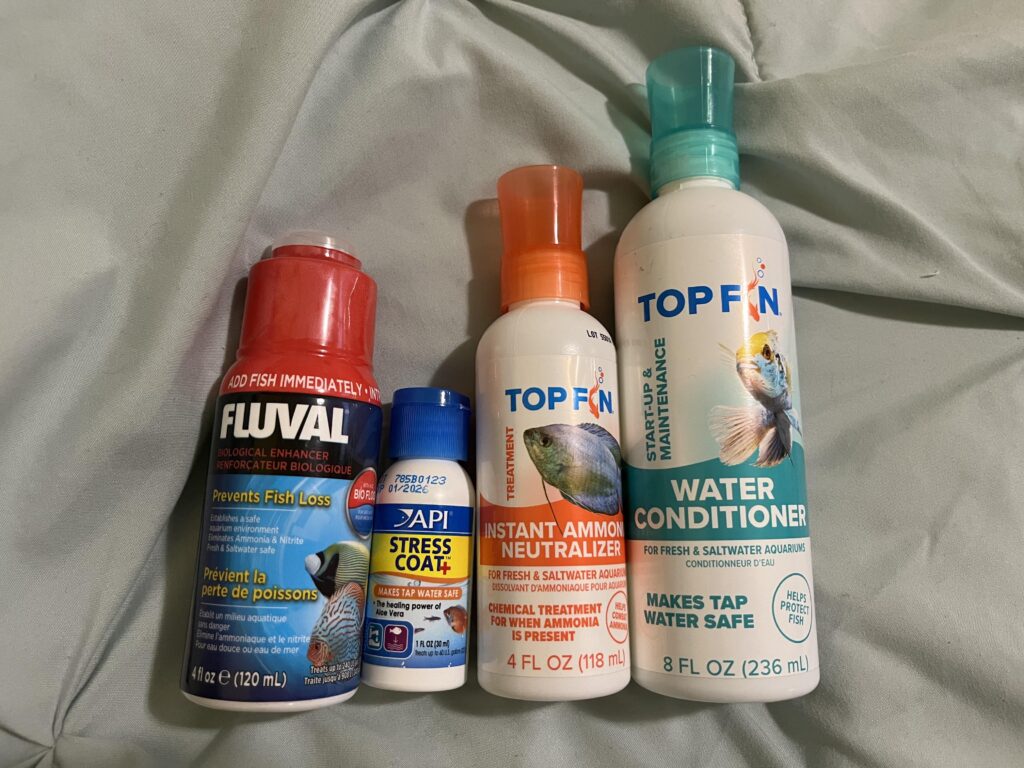
Several commercial products can help reduce stress during the introduction process, though they should complement rather than replace proper acclimation techniques. Stress coat additives containing aloe vera help replenish fish’s protective slime coat that often becomes damaged during netting and transport. Products containing natural calming pheromones can temporarily reduce aggression between territorial species during the critical first days.
For particularly sensitive species, using a half-dose of anti-bacterial treatment preventatively during the first week can help prevent opportunistic infections while fish’s immune systems are compromised by stress. When using any chemical additives, strict adherence to manufacturer dosing instructions is essential, as overdosing can create additional stress through changing water chemistry or even directly harming fish through medication sensitivity. Remember that these products work best as part of a comprehensive introduction strategy rather than quick fixes for proper acclimation.
Special Considerations for Different Species
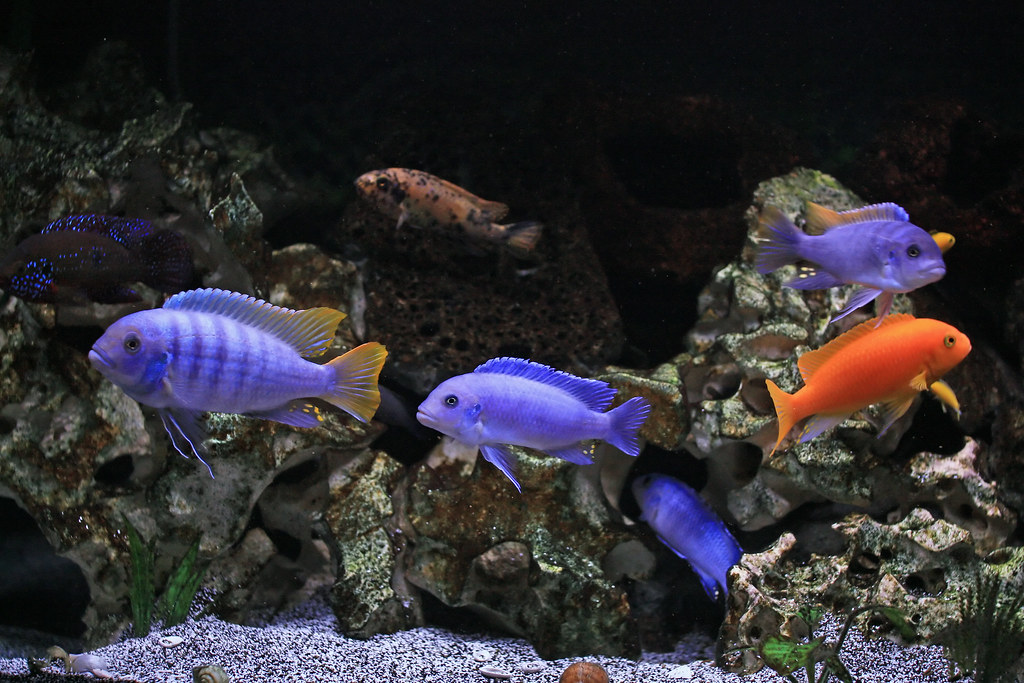
Different fish species require tailored introduction approaches based on their natural behaviors and sensitivities. Schooling fish like tetras or rasboras experience significant stress when introduced individually, so always add them in groups of at least six to provide social security. Territorial cichlids benefit from introduction methods that include temporary tank dividers, simultaneous introduction of multiple new fish to distribute aggression, or even rearranging the entire tank to reset all territories at once.
Nocturnal species should ideally be introduced in evening hours with minimal lighting disturbance. Brackish species often require particularly careful acclimation to salinity levels, with drip methods extended to 90+ minutes. Bottom-dwelling fish like loaches or catfish might need special hiding places near the substrate immediately available upon introduction. By acknowledging and accommodating these species-specific needs, you can dramatically reduce stress during what is inherently a challenging transition for any fish.
Maintaining Water Quality During Integration

Adding new fish increases the bioload on your aquarium’s filtration system, potentially leading to temporary water quality issues that compound stress. Test ammonia, nitrite, and nitrate levels daily during the first week after introduction, as even small spikes can significantly impact fish health during this vulnerable period. Consider performing smaller, more frequent water changes (10-15% every 2-3 days) rather than larger weekly changes to maintain stability while removing waste products.
Temporarily increasing filtration capacity or adding supplemental air stones can help maintain higher oxygen levels that support both biological filtration efficiency and fish respiration during times of stress. For tanks approaching maximum stocking levels, additional biological filtration media may be necessary to handle the increased waste production. Remember that poor water quality creates a vicious cycle—stressed fish produce more waste, which degrades water quality, which further stresses fish—making proactive maintenance essential during integration periods.
When to Recognize Introduction Failure
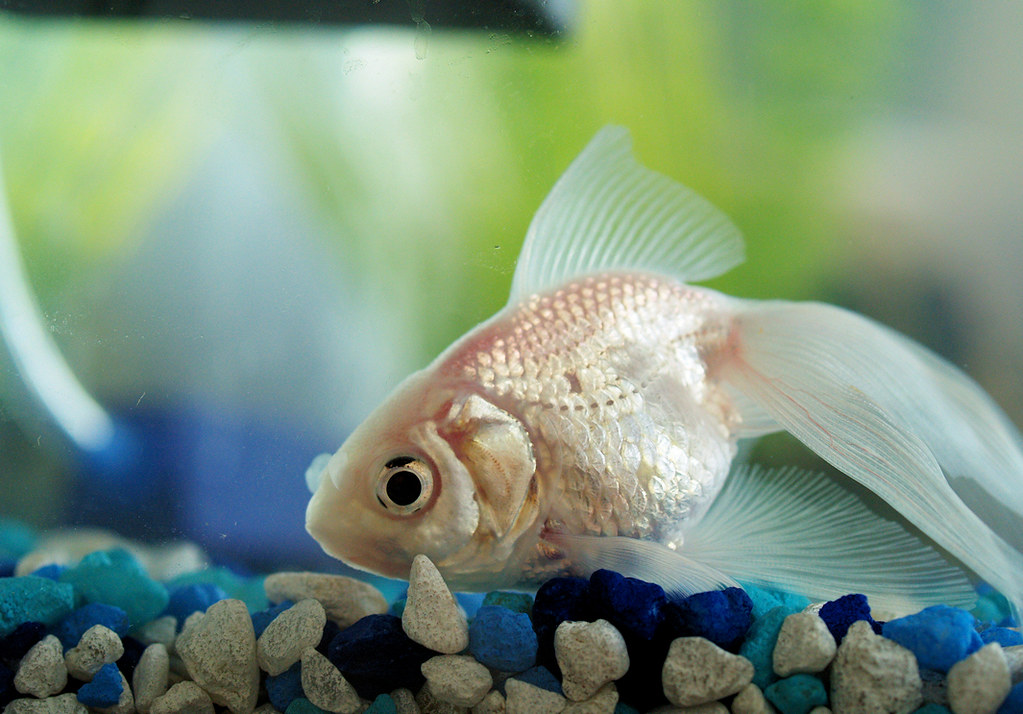
Despite best efforts, not all fish introductions succeed, and recognizing when to intervene prevents unnecessary suffering. Persistent signs of severe stress like refusal to eat for more than three days, constant hiding, labored breathing, or visible physical damage from aggression indicate the introduction may be failing. Dramatic color loss that doesn’t improve within 48 hours often signals chronic stress that will eventually compromise health.
If specific fish are being singled out for aggression with no improvement after trying rearrangement and other interventions, it may be necessary to rehome either the aggressor or the victim. There’s no shame in acknowledging incompatibility—experienced aquarists recognize that fish have individual personalities that sometimes don’t mesh, regardless of what species guides suggest. Being prepared with a backup plan, whether that’s a separate tank or a relationship with a local fish store that accepts returns, allows you to act quickly when an introduction clearly isn’t working.
Successfully introducing new fish to your aquarium requires patience, preparation, and attention to detail. By understanding the causes of fish stress and implementing proper acclimation techniques, you can significantly improve the odds of a smooth transition. Remember that quarantine is non-negotiable for responsible fish keeping, drip acclimation offers the gentlest parameter adjustment, and timing introductions strategically can make all the difference in how resident fish respond to newcomers. Every tank is unique, so be prepared to adapt these guidelines to your specific situation while remaining attentive to the signals your fish provide through their behavior. With thoughtful implementation of these practices, you’ll create an environment where both established residents and newcomers can thrive together in your underwater community.

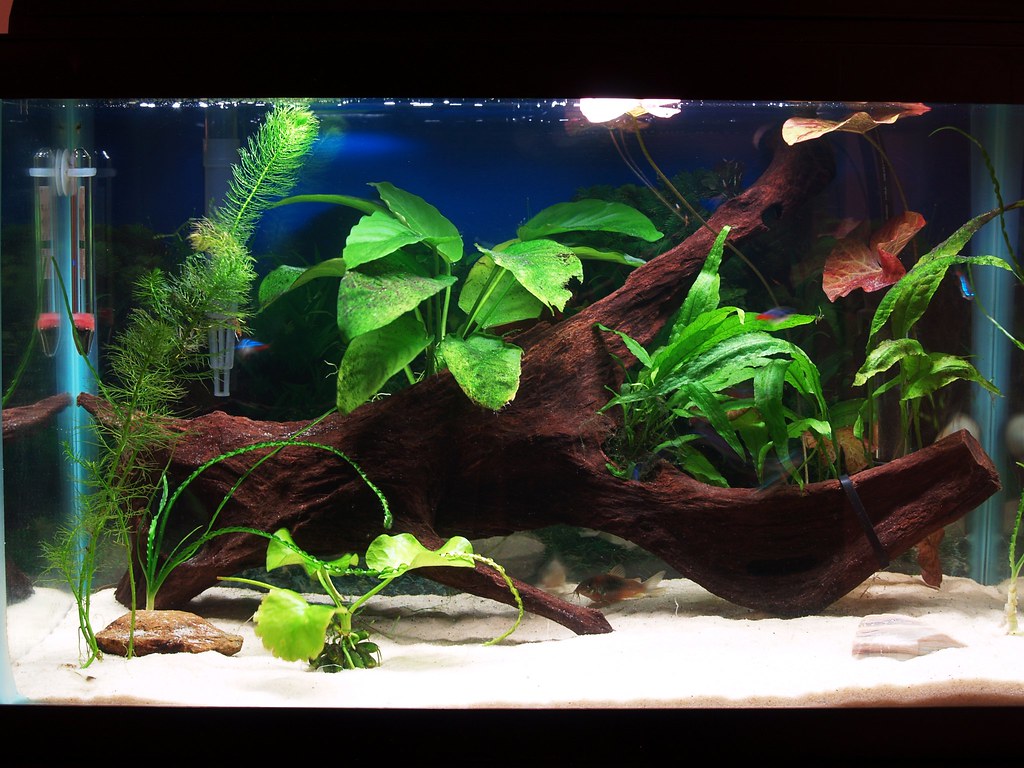
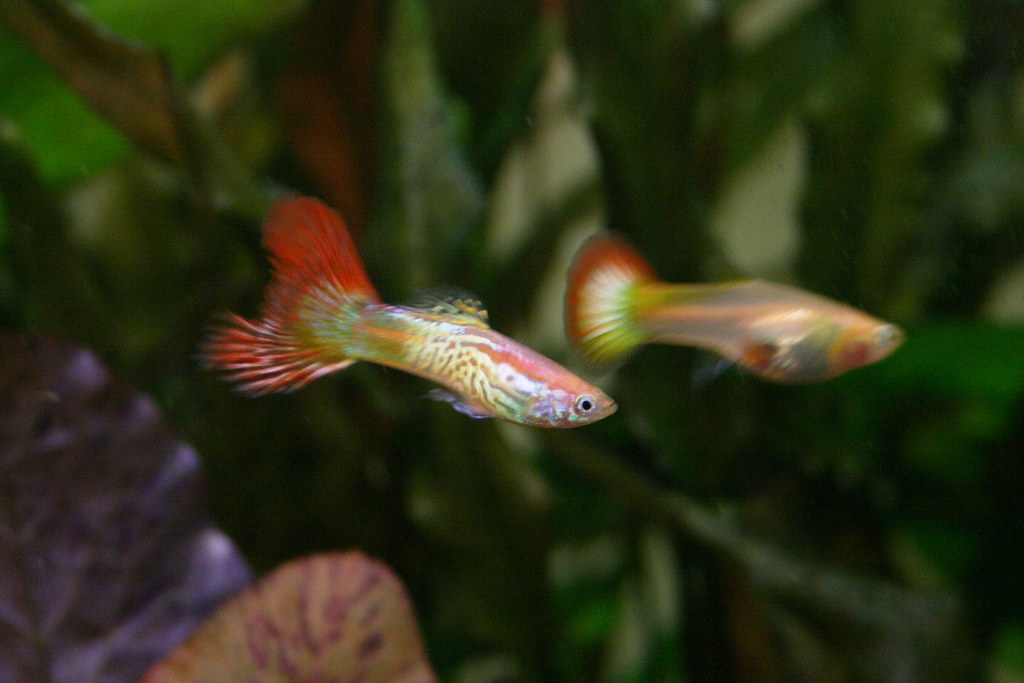
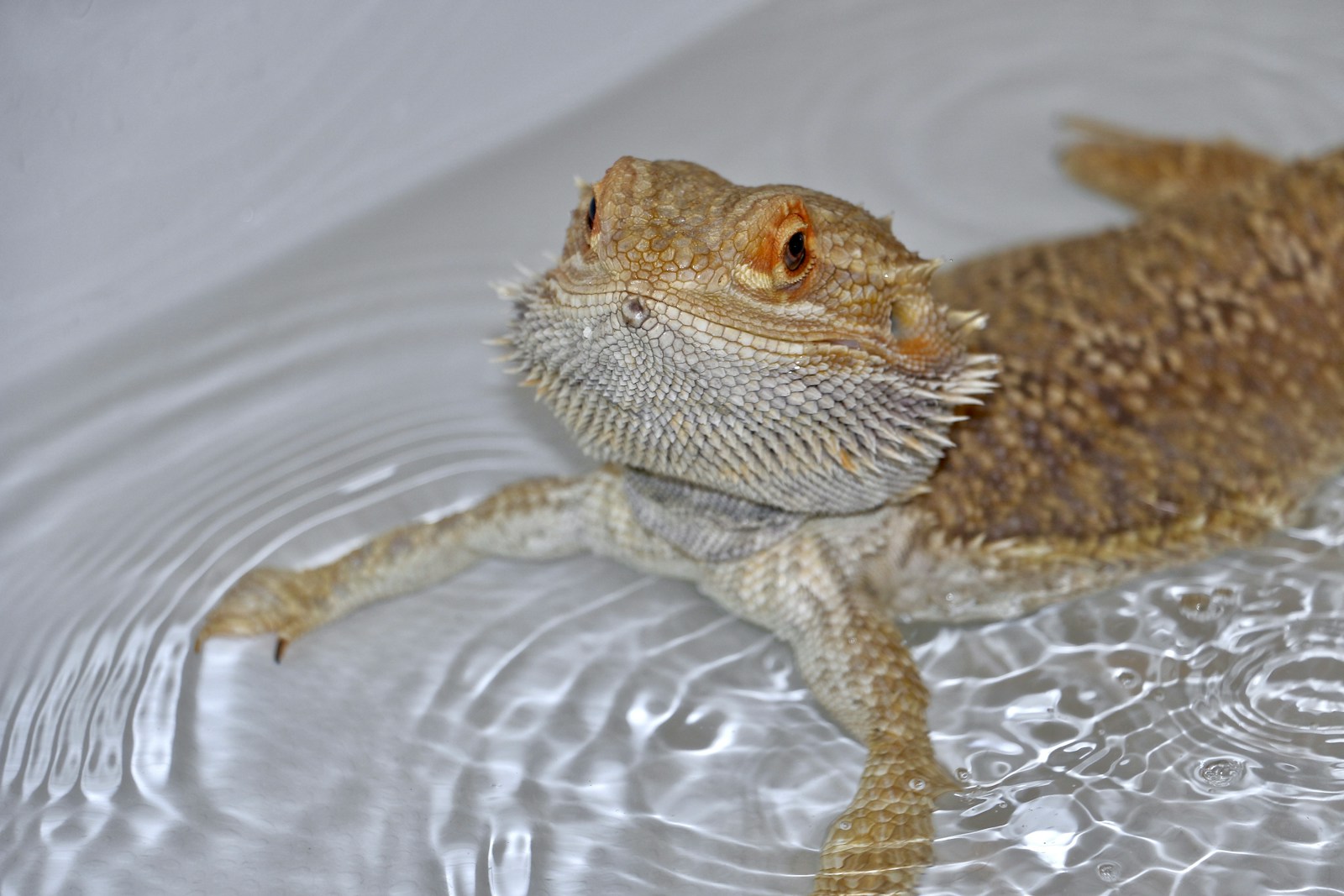
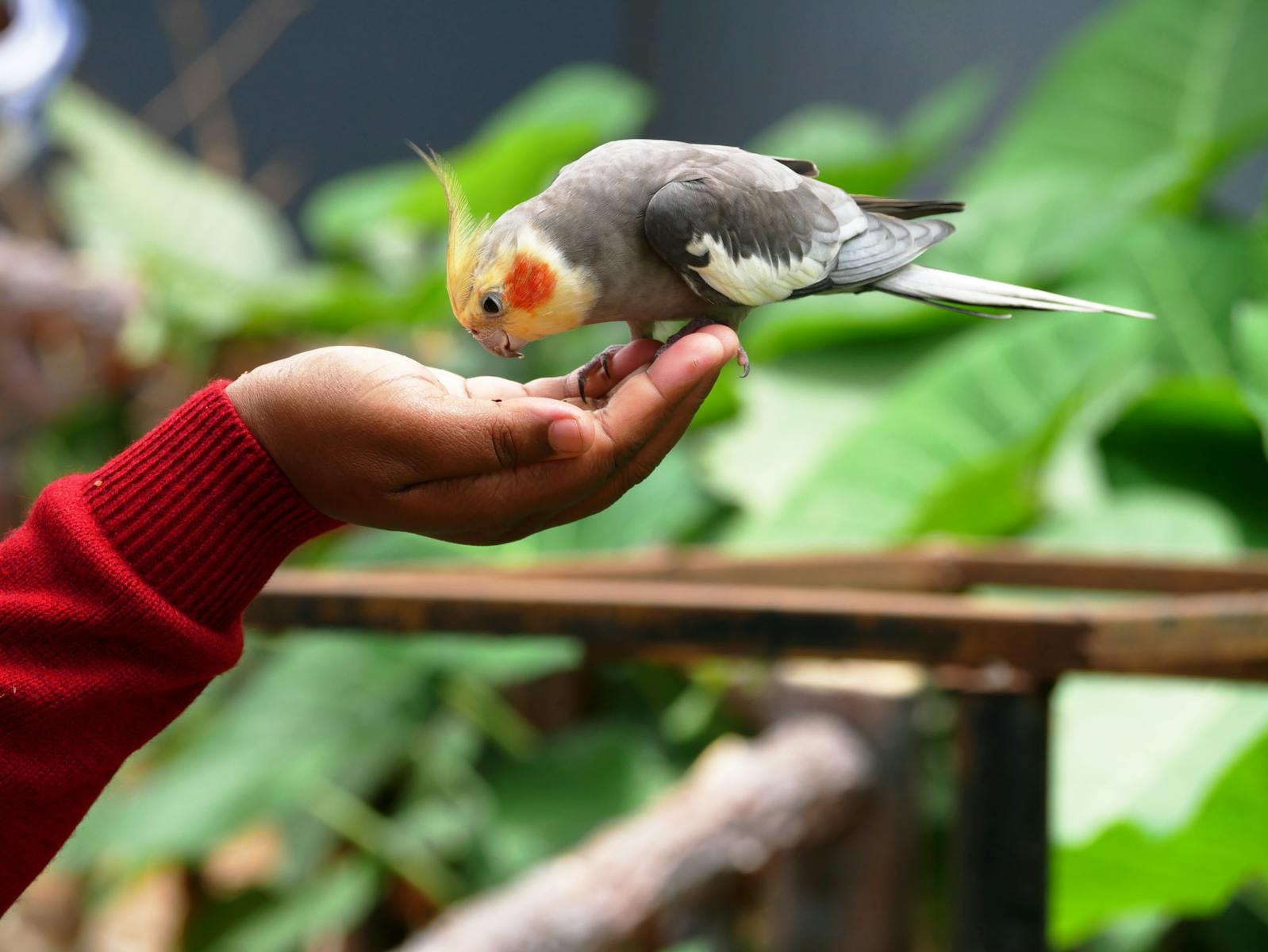
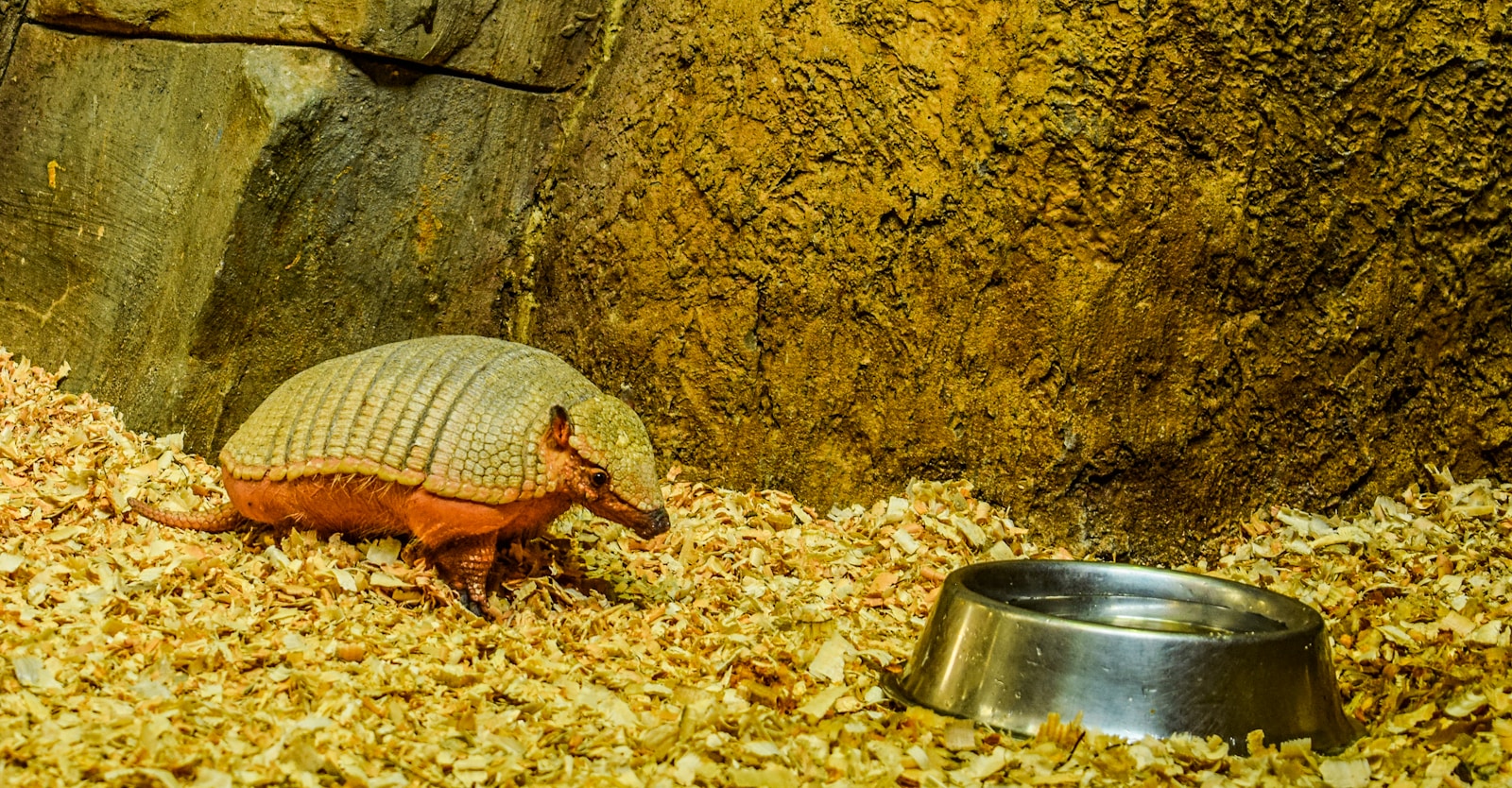
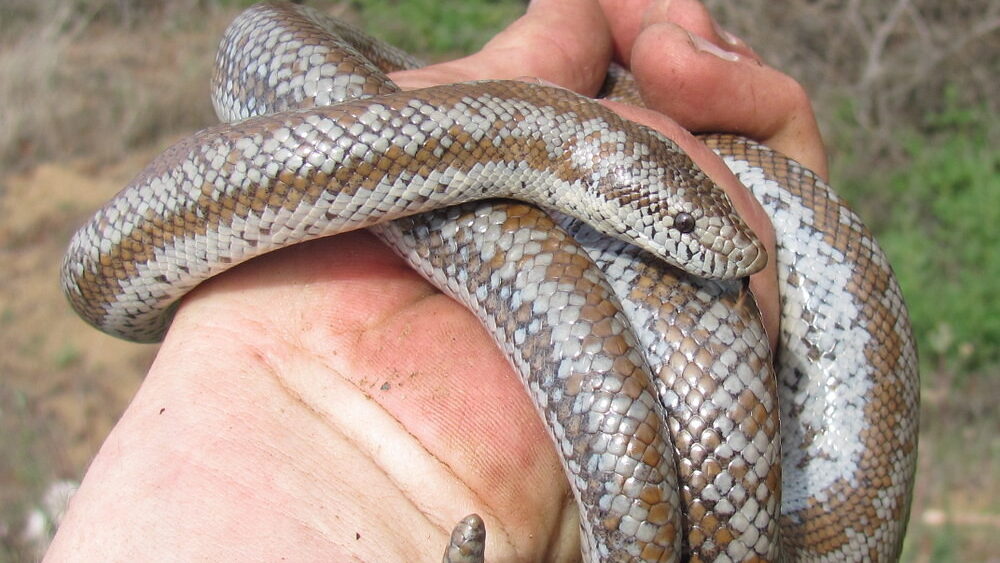
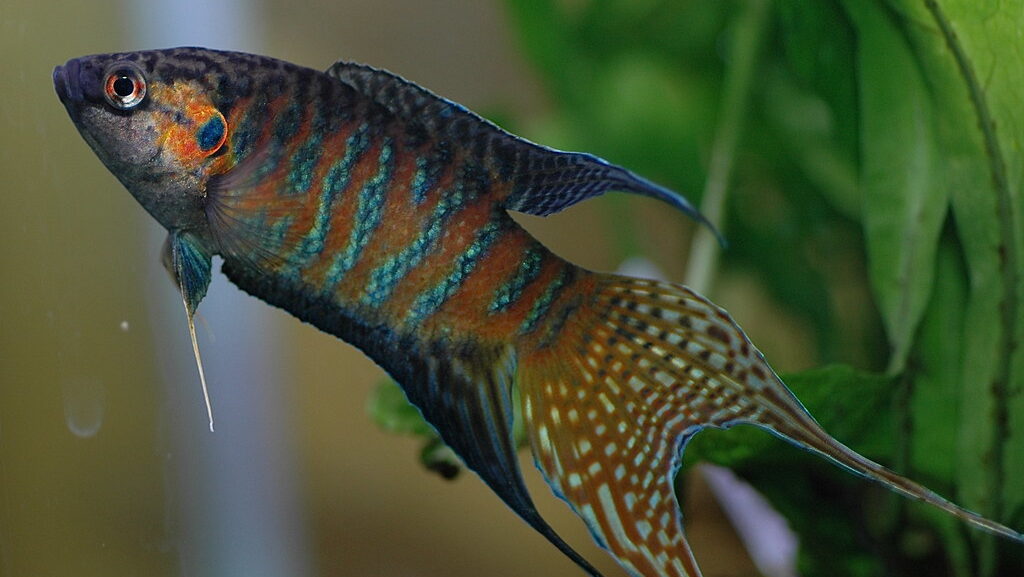
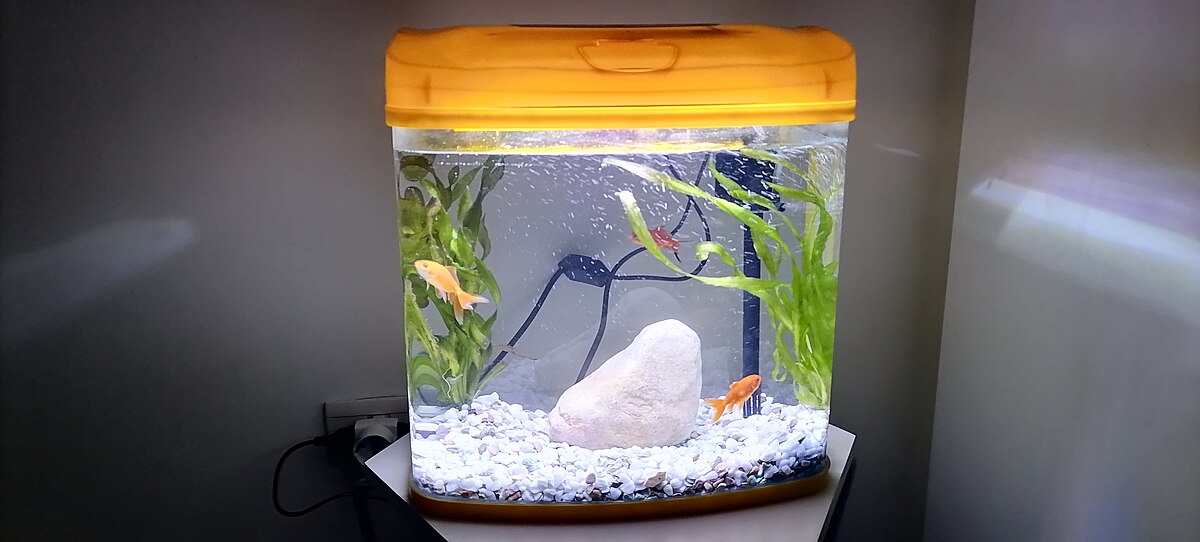






Leave a Reply